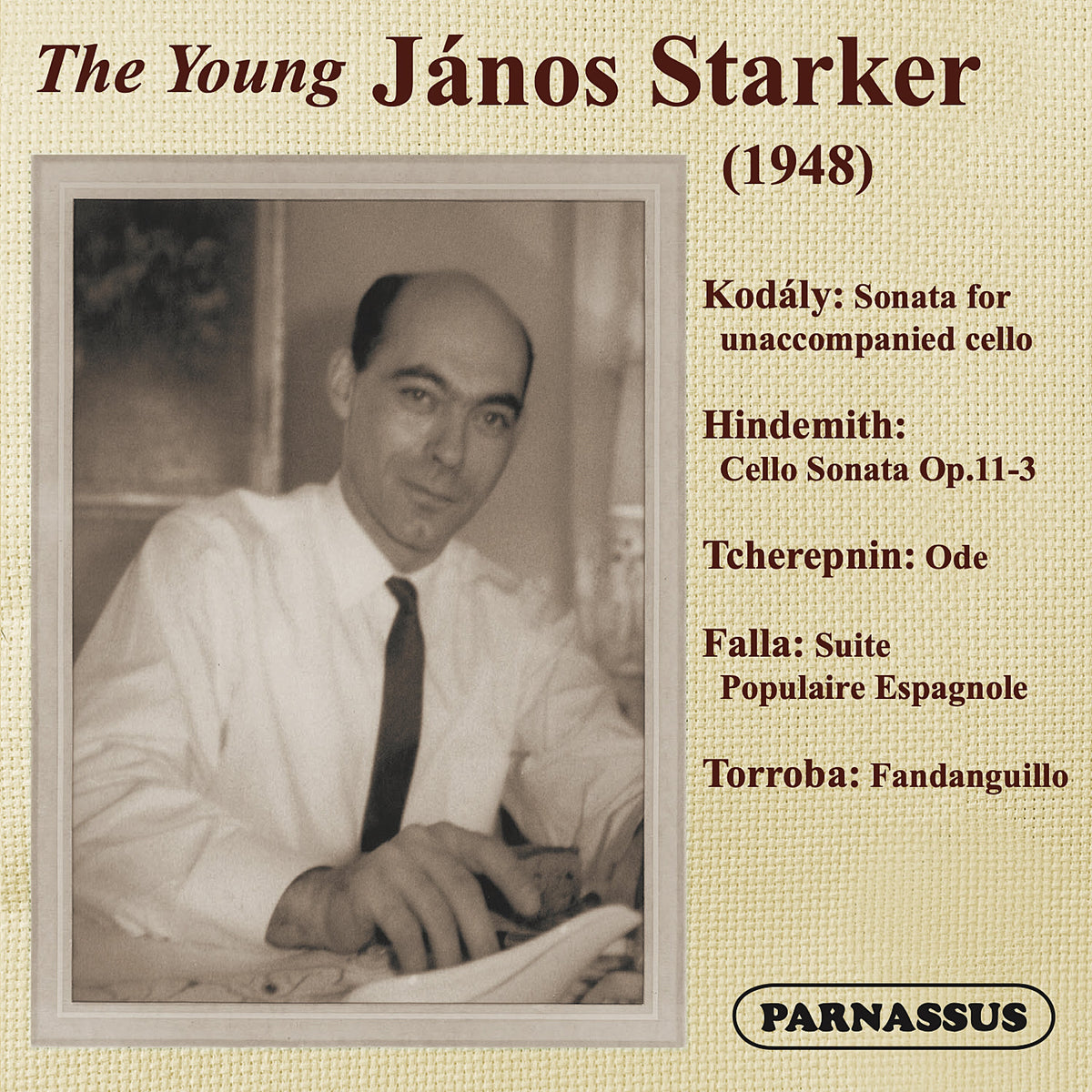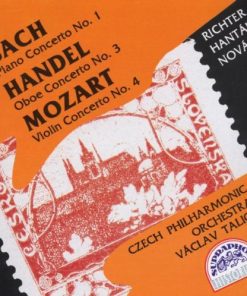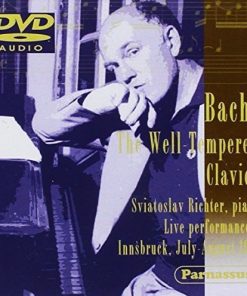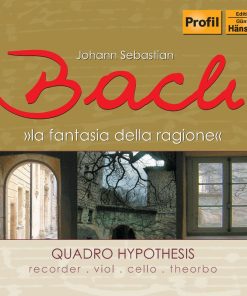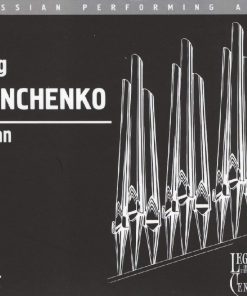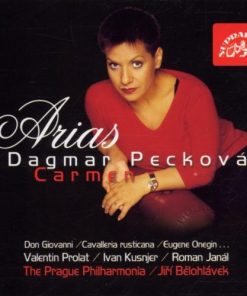THE YOUNG JANOS STARKER (PDF BOOKLET) PARNASSUS
$ 0,00

After surviving the Holocaust in his native Hungary, János Starker began an odyssey
which took him to several European countries before the Hungarian conductor Antal
Doráti brought him to America to serve as principal cellist of the Dallas Symphony
Orchestra. Starker has written a vivid account of those years, his adventures, and the
poverty he and his wife suffered in his memoir, The World of Music According to
Starker (Indiana University Press, 2004).
During his year in France, his last residence before America, Starker gave a
performance on the radio. The owner of a short-lived record label, Pacific, heard the
broadcast and signed Starker to a recording contract, the results of which now appear
on the present reissue. The recording of the Zoltán Kodály Sonata, slightly abridged
to fit onto four records, won the following year’s Grand Prix du Disque, which proved
to be a worthwhile boost for his career.
In his memoir, Starker states that the recording of Manuel de Falla’s Suite populaire
espagnole was not published, but he was mistaken. He and Gyorgy Szoltsányi (later
known by his French name Georges Solchany, sometimes billed as Georges Szolchanyi)
also made one additional recording for Pacific, of Paul Hindemith’s Cello Sonata, Op.
11 No. 3. That was indeed not published, but we were fortunately able to substitute for
it the slightly later recording made for the Period LP label. (Most or all of the Period
recordings were engineered by Peter Bartok, the composer’s son and a splendid
recording engineer.) Although Starker continued to perform this Hindemith Sonata,
and a later live performance has been issued, he never made another studio recording
of the work.
Leon Pommers (originally Pomeraniec) was born in Poland 1914. While he was
studying at the Warsaw Conservatory, Germany invaded Poland. Pommers made a
difficult escape, traveling across Russia, Japan, and China, eventually finding passage
on a boat from China to Australia.There he was fortunate enough to meet the great
pianist Ignaz Friedman, who taught him for three months and then provided him with
useful introductions to musicians in Canada.
Once settled in America, Pommers became pianist collaborator with many of the great
string players of his time, most prominently with Nathan Milstein but also with
Starker, Michael Rabin, Erica Morini, Ruggiero Ricci, Johanna Martzy, Joseph Szigeti,
Yehudi Menuhin, Zino Francescatti, Szymon Goldberg, Tossy Spivakovsky, Pierre
Fournier, and (in classical music) clarinetist Benny Goodman. He also taught at Queens
College and, after his forced retirement there due to age, at Mannes College. He died in
2001.
Gyorgy Szoltsányi (later known by his French name Georges Solchany) was born in
Budapest in 1922. He graduated from the Franz Liszt Academyin 1946, having already
begun his concert career. His recordings with Janos Starker in 1948 were his first. He
later made numerous LPs for EMI as soloist and in chamber music collaborations with
the Hungarian String Quartet. He died in Paris in 1988.
— Leslie Gerber

Zoltán Kodály: Sonata for Solo Cello, Op. 8
1 I. Allegro maestoso ma appassionato 7:49
2 II. Adagio con gran espressione 8:34
3 III. Allegro molto vivace 9:53
Originally released on 78rpm discs, Pacific 6160~63 (1948)
Paul Hindemith: Sonata for Cello and Piano, Op. 11, No. 3
4 I. Mässig schnelle Viertel. Mit kraft – Lebhaft, sehr markiert 10:41
5 II. Langsam – 5:25
6 Sehr lebhaft 5:03
Leon Pommers, piano
Originally released on LP, Period SPL 715 (ca. 1954)
7 Alexander Tcherepnin: Ode for Cello and Piano 2:19
Originally released on 78rpm disc, Pacific PI 1565, matrix AI 0513-2 (1948)
8 Manuel de Falla: Suite populaire espagnole 12:33
Originally released on 78rpm discs, Pacific 6170~71 (1948)
9 Federico Moreno Torroba: Fandanguillo 1:59
Originally released on 78rpm disc, Pacific PI 1565, matrix A1 0512-2 (1948)
Georges Szolchanyi, piano
Fast Shipping and Professional Packing
Due to our longstanding partnership with UPS FedEx DHL and other leading international carriers, we are able to provide a range of shipping options. Our warehouse staff are highly trained to pack your goods exactly according to the specifications that we supply. Your goods will undergo a thorough examination and will be safely packaged prior to being sent out. Everyday we deliver hundreds of packages to our customers from all over the world. This is an indication of our dedication to being the largest online retailer worldwide. Warehouses and distribution centers can be located in Europe as well as the USA.
Orders with more than 1 item are assigned processing periods for each item.
Before shipment, all ordered products will be thoroughly inspected. Today, most orders will be shipped within 48 hours. The estimated delivery time is between 3-7 days.
Returns
The stock is constantly changing. It's not entirely managed by us since we are involved with multiple parties such as the factory and our storage. The actual stock can fluctuate at any time. Please understand it may happen that your order will be out of stock when the order is placed.
Our policy is valid for 30 days. If you haven't received your product within 30 days, we're not able to issue either a return or exchange.
You are able to return a product if it is unused and in the same condition when you received it. It must also still remain in the original packaging.
Related products
MUSIC CD
MUSIC CD
